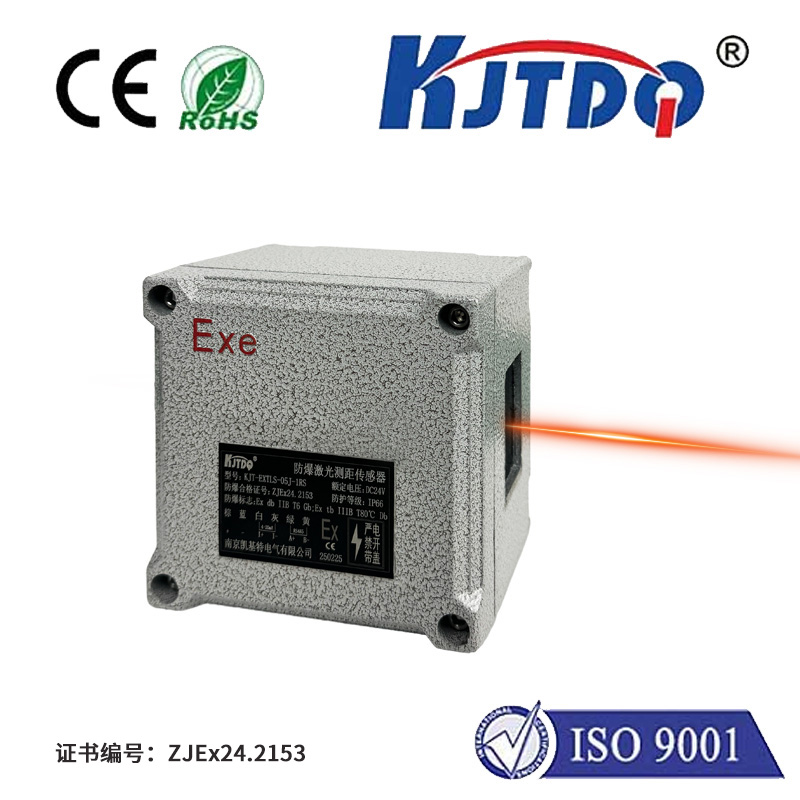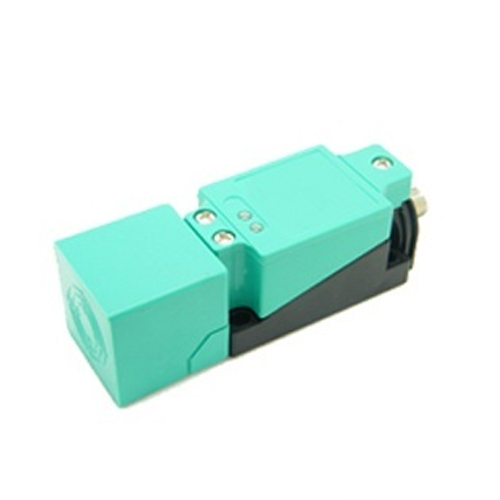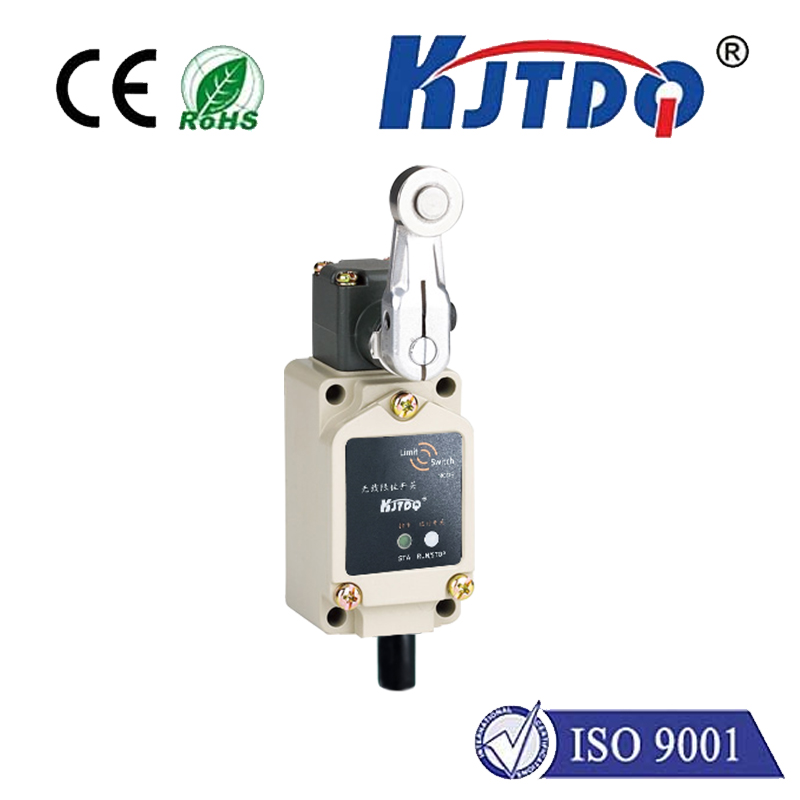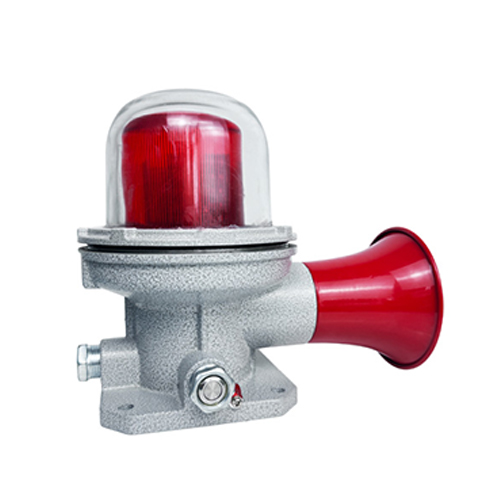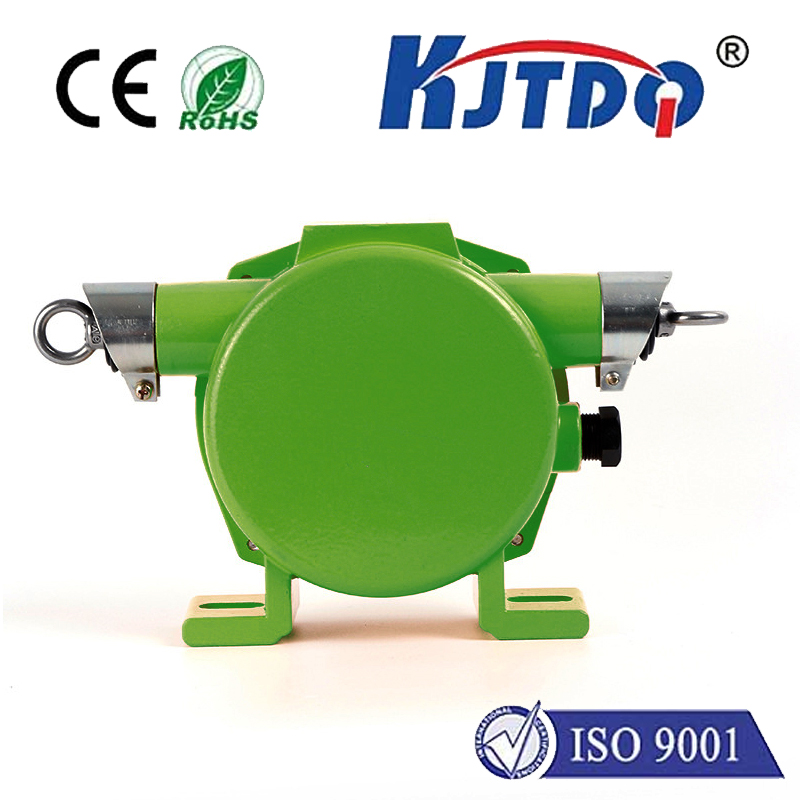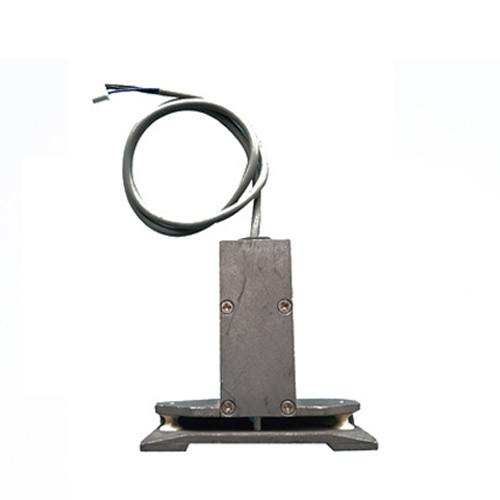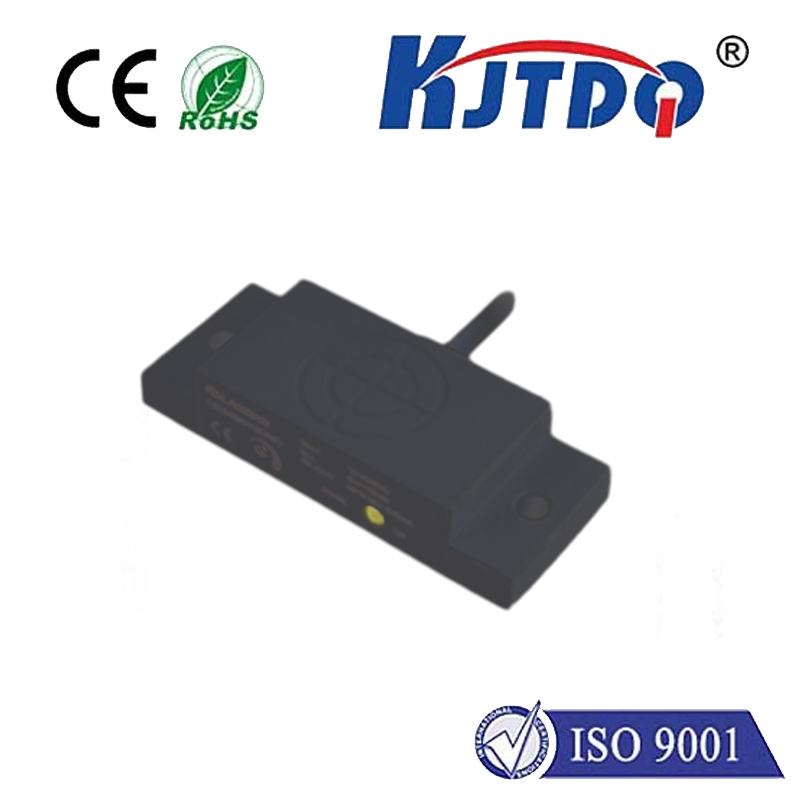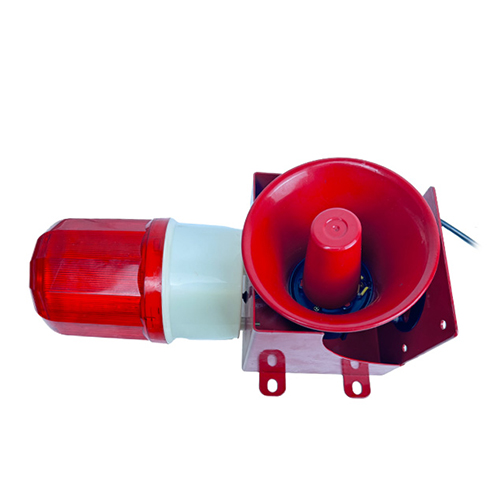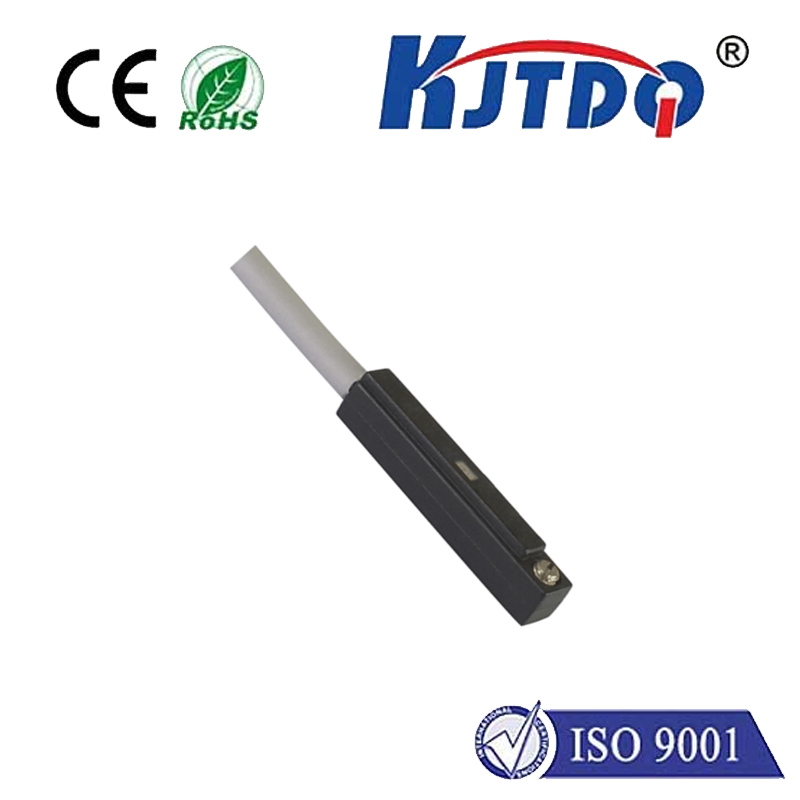

check

check

check

check

check

check

check

check

check

check
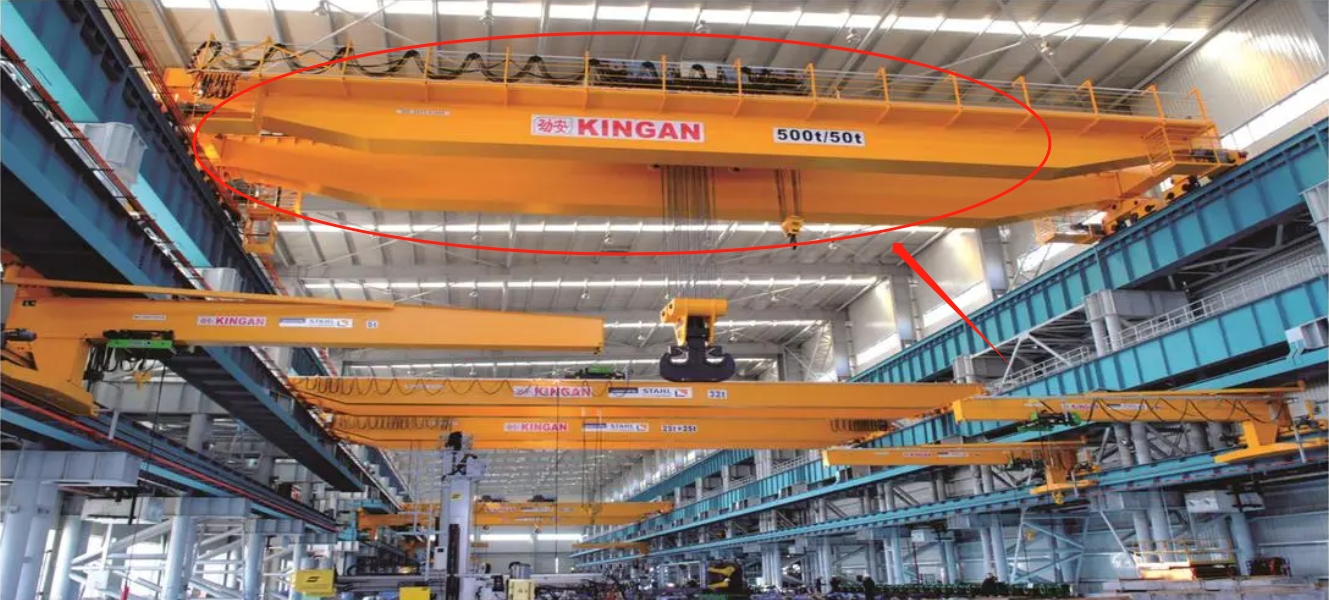
Bridge crane, also commonly called traveling crane or crown crane, is a common type of crane, mainly composed of bridge frame, lifting machinery and electrical control system.
It usually spans over the work area and moves through rails, used for lifting and carrying heavy objects. Here is some common information about overhead cranes:
Structure type: The main structure of the bridge crane includes the span beam, the outriggers, the two booms and the hoisting mechanism. The span beam is located above, the outriggers support the span beam, and the big arm spans the two outriggers. The hoisting mechanism can be used to lift and carry goods.
Power source: Bridge cranes usually use electricity as the main power source, and complete lifting and movement operations through electric motors to drive mechanical transmission systems. There are also some overhead cranes that use hydraulic systems or other energy sources.
Scope of work: Bridge cranes are suitable for various lifting tasks and can be used in factories, warehouses, ports, docks, construction sites and other places. Different lifting capacities and lifting ranges are available depending on design and needs.
Control method: The operation of bridge crane generally has two methods: ground control and cab control. Ground control is commonly used on small and medium-sized bridge cranes, where the operator controls the movement of the crane through buttons and joysticks on the console. Cab control is suitable for large bridge cranes. The operator sits in the cab and controls its movement through controllers such as joysticks, pedals and buttons.
In order to prevent the crane from colliding with objects or other equipment, some anti-collision protection measures are usually taken. The following are some common overhead crane collision protection measures:
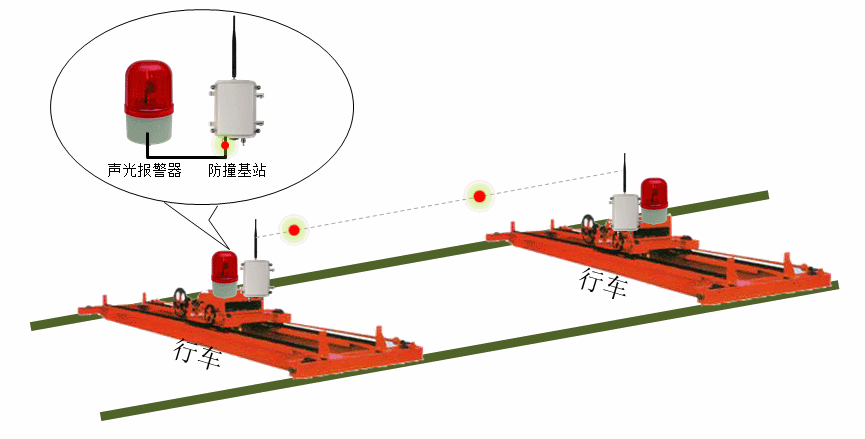
△Install an anti-collision sound and light alarm: Use sound and light signals to remind the operator of the crane's position and provide early warning of collision danger.
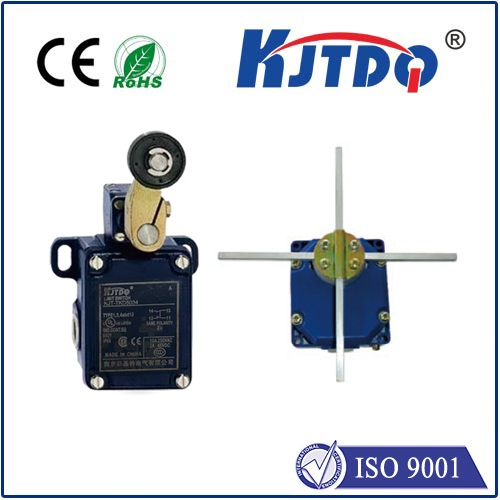
△Install anti-collision limiter: Set up a mechanical or electronic limit device to limit the crane's stroke and prevent collision movements.
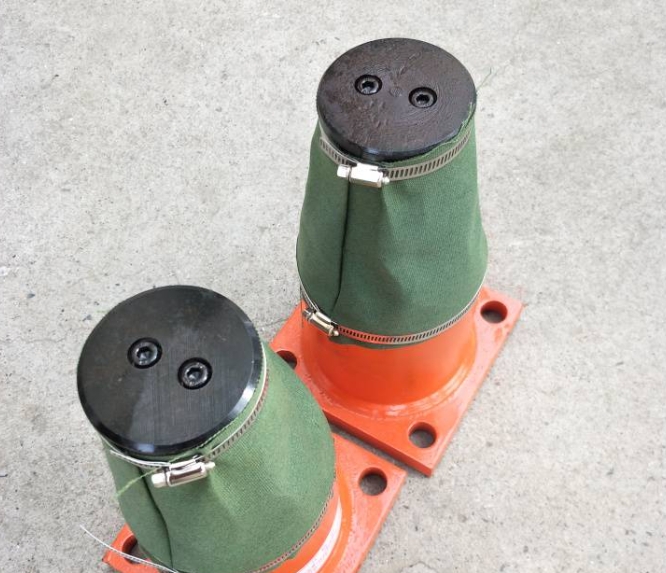
△Install anti-collision buffers: Install buffer devices at key components or hooks, which can absorb the energy of collision and reduce the impact force generated during a collision.
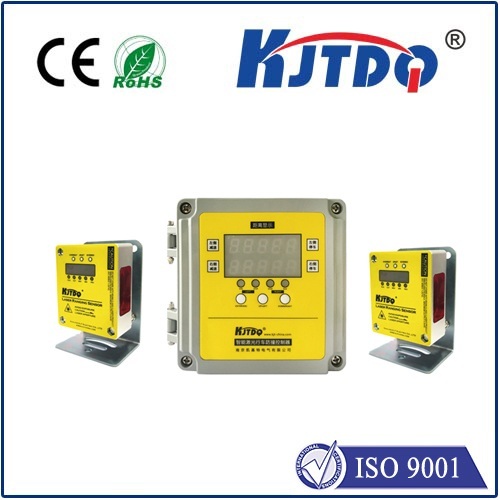
△Install anti-collision sensors: Equipped with sensors such as radar, infrared or pulse sensors, which can monitor obstacles around the crane in real time. Once an approaching object is detected, an alarm will be issued or the maneuver will be stopped.
Training operators: Provide corresponding training to crane operators to improve their operating skills and safety awareness, thereby reducing the occurrence of collision accidents.
The selection and implementation of these measures should be evaluated and decided on a case-by-case basis. In addition, regular inspection and maintenance of all crash protection devices are important steps to ensure they are working properly. Always pay attention to safety when operating cranes and comply with relevant safety operating procedures and standards.
